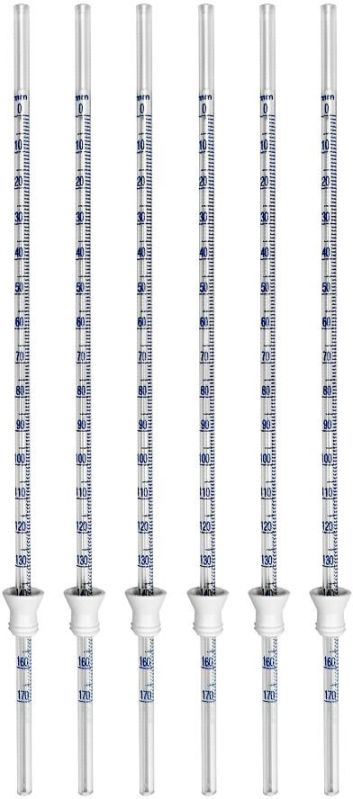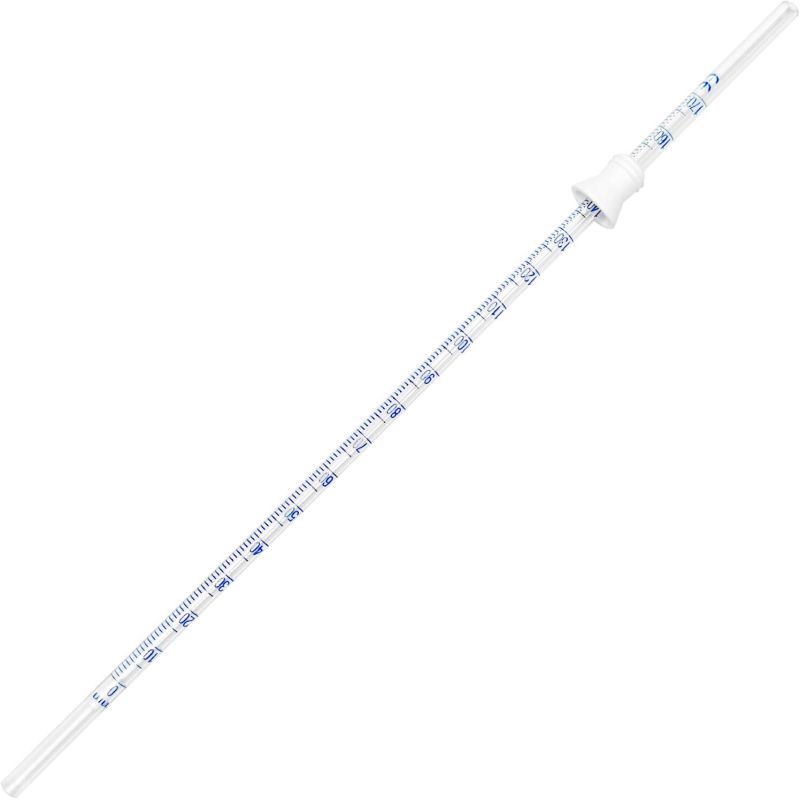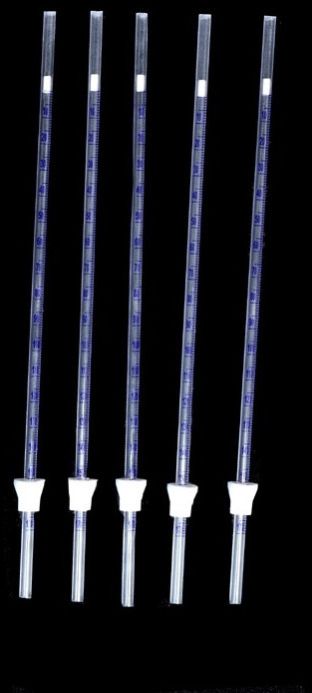Company Information
Ask for more detail from the seller
Contact SupplierIntroducing Disposable Westergren E.S.R Pipettes, designed for precise measurement of erythrocyte sedimentation rate (ESR) from 0 to 180mm. Crafted from high-quality polystyrene, these pipettes ensure accurate readings and reliable results. With their disposable nature, they eliminate the need for cleaning and cross-contamination concerns, making them a hygienic choice for medical laboratories and healthcare facilities. Streamline your ESR testing process with these convenient and user-friendly pipettes. Meticulously calibrated for optimal performance, they offer a seamless solution for efficient and accurate ESR analysis. Enhance your diagnostic capabilities with these essential tools and deliver reliable results every time. How to Use: 1. Preparation: o Gather all necessary materials and equipment, including the ESR pipette, blood sample, Westergren stand, and anticoagulant (usually sodium citrate). 2. Blood Sample Collection: o Collect the blood sample using standard phlebotomy techniques. o Mix 4 parts blood with 1 part sodium citrate solution. 3. Filling the Pipette: o Insert the pipette into the mixed blood sample. o Allow the blood to rise to the zero mark on the pipette through capillary action. o Ensure there are no air bubbles in the sample within the pipette. 4. Sealing: o Secure the silicon plug at the top of the pipette to prevent leakage. 5. Positioning: o Place the filled and sealed pipette vertically in the Westergren stand. o Ensure the pipette is stable and not tilted. 6. Reading the Result: o Allow the pipette to stand undisturbed for the required time, typically 1 hour. o After the specified time, read the level of settled erythrocytes (red blood cells) at the top of the sediment column. o Record the ESR value in millimeters (mm). 7. Disposal: o After use, dispose of the pipette in accordance with local biohazard waste disposal regulations.




